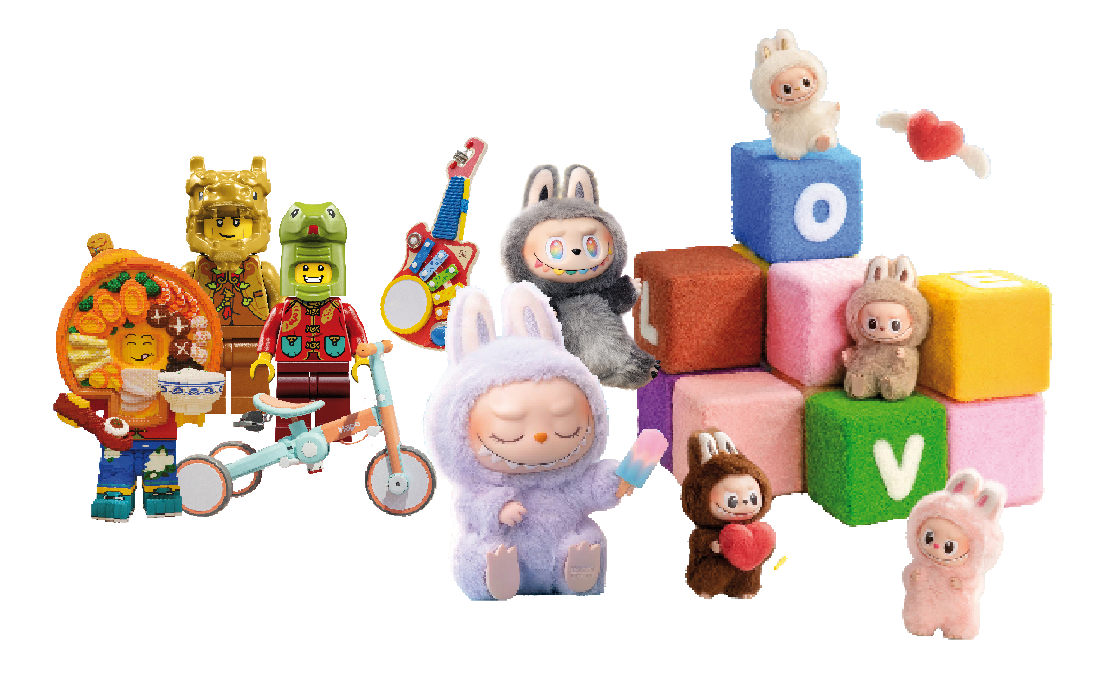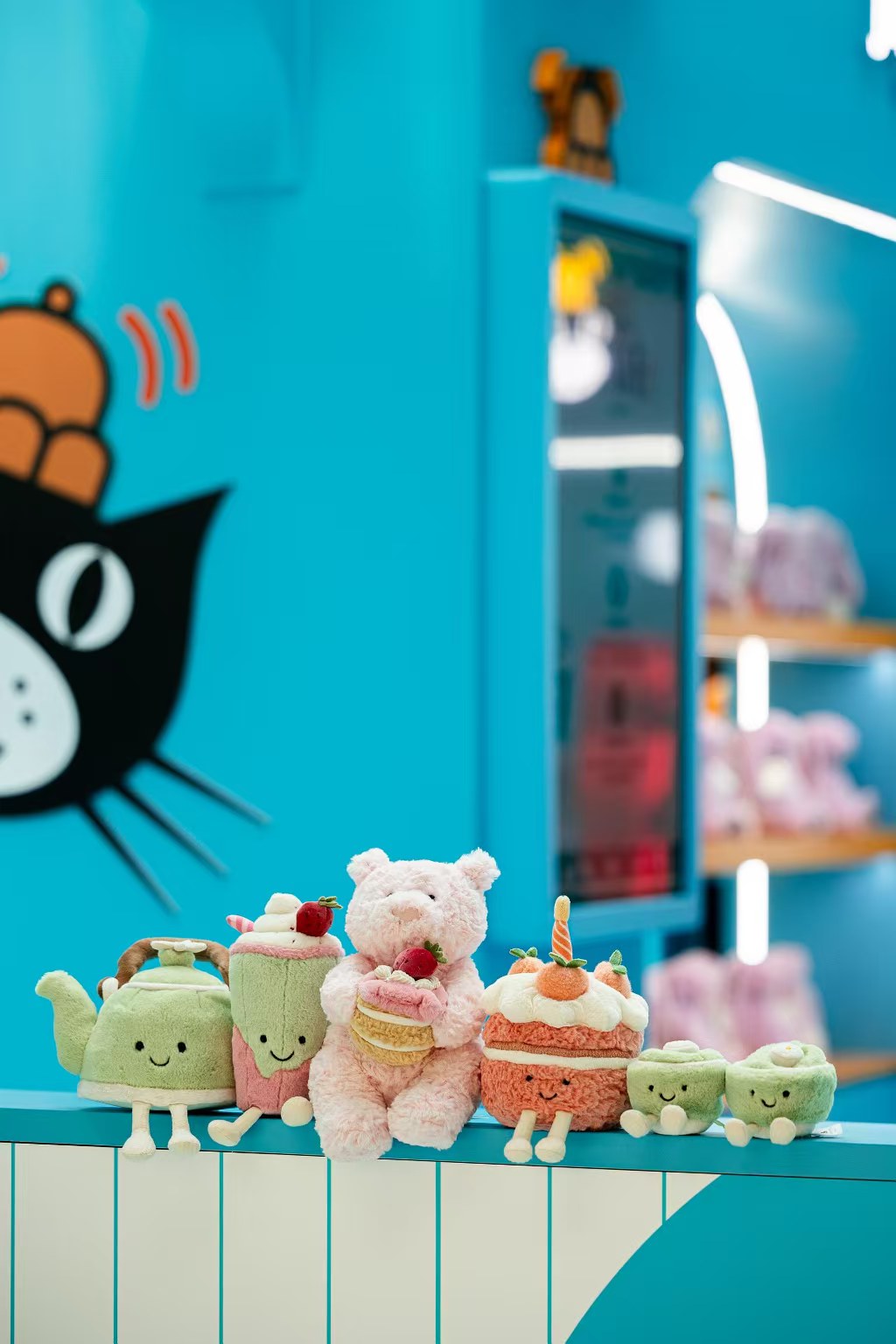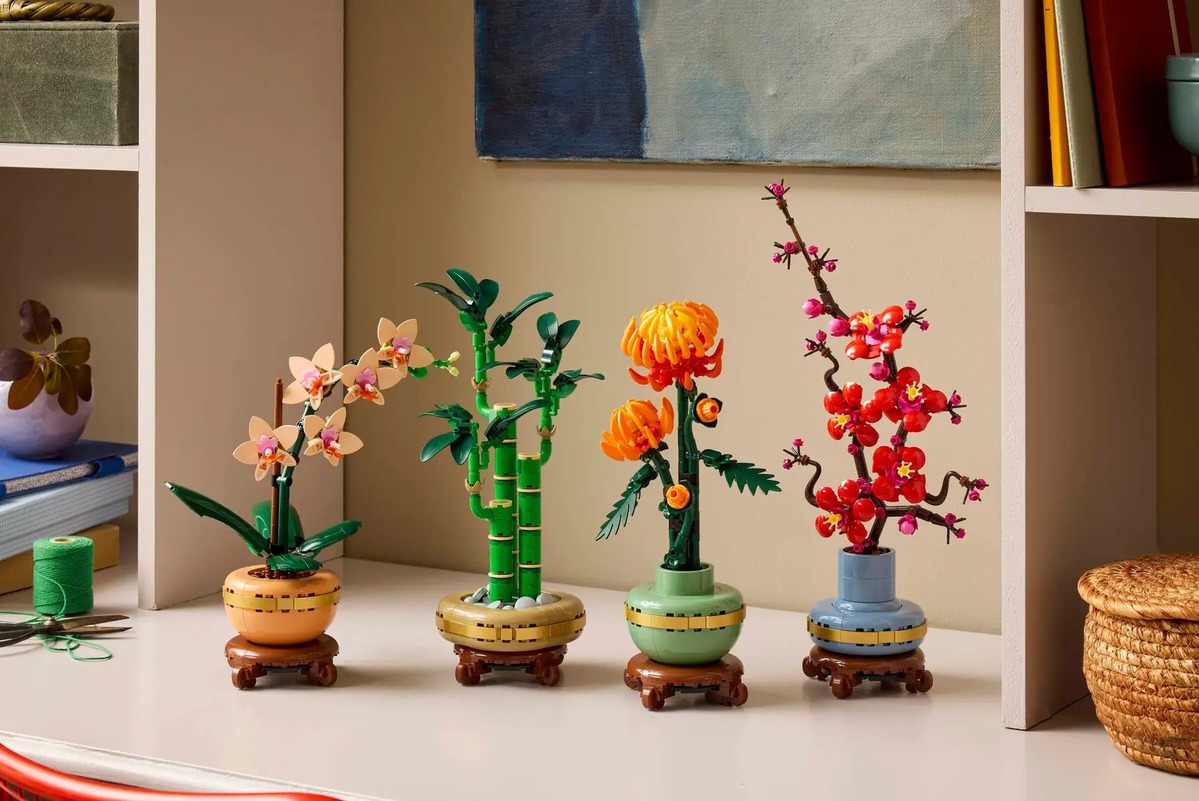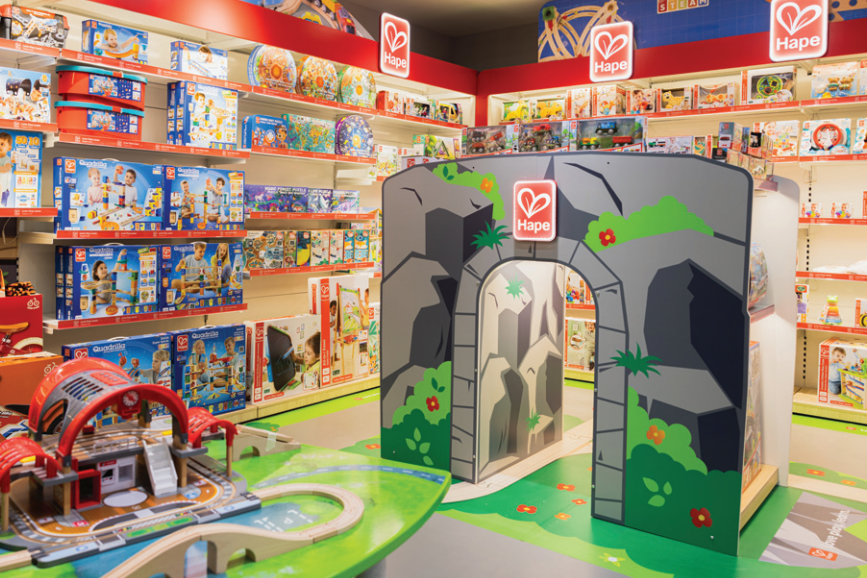Toymakers from Europe tap on kidults market


European toymakers, known for their strength in storytelling and brand building, stand to benefit greatly from China's fast-evolving toy market, where an increasing number of young adults believe they are never too old to play, experts said.
Generation Z, which is those born from the mid-1990s to the early 2010s, seeks emotional resonance rather than just material comfort, and is evolving as a new growth driver for the toy sector, said Liang Mei, president of the China Toy and Juvenile Products Association, a non-profit trade association with more than 5,000 registered members.
Toys these so-called kidults favor often provide emotional satisfaction, a sense of companionship, encouragement, or fulfill other emotional needs, she said.
The British-born soft toy company Jellycat's rise to viral fame in China is a telling example. It is known for its designs ranging from cuddly animals like the iconic bunny to whimsical, anthropomorphic food items. Many on Chinese social media shared pictures of bringing their Jellycat toys to class, meals, work, and on trips.

Subculture identity expressed through purchases is another movement Liang singled out, with the rising guzi economy speaking volumes.
The term guzi, a homonym for the English word goods, refers to merchandise derived from popular cultural intellectual property, or IP, such as anime, comics, games and novels. These derivative products can include posters, badges, cards, keychains, figurines and plush toys.
Data from marketing consultancy iiMedia Research showed that the guzi economy in China reached a market size of 168.9 billion yuan ($23.54 billion) in 2024, up 40.63 percent from 2023, and is projected to exceed 300 billion yuan by 2029.

Miro Li, founder and brand consultant at Double V Consulting, a China-based brand consultancy firm, further noted that gamified experiences and DIY toys, such as building blocks and 3D puzzles, are also in demand.
Digitally savvy and emotionally sensitive Generation Z and Generation Alpha (those born in the 2010s), primarily living in first- and second-tier cities with strong purchasing power, make up the consumer profile, and the group is indeed expanding as guzi retail stores break into lower-tier cities, Li said.
"The trend is becoming more mainstream," she said.
Both echoed that European toy makers could hitch a ride on the fashion.
"The European IPs and lifestyle brands will benefit the most," Li said. "Western markets have a more mature IP ecosystem as they have been building it for 100 years… Brands have a long history of celebrating the authors or creators. They are good at offering brand narratives and values, and building emotional connection."

"Miniso (a Chinese budget chain retailer known for its household products) has been working with many famous western IPs such as Harry Potter … Brands like LEGO are still quite strong in China."
The Denmark-originated LEGO, with more than 400 certified stores across over 120 Chinese cities, has developed a portfolio of products tailored for Chinese consumers, such as the Monkie Kid series, a theme inspired by Monkey King, protagonist of the 16th-century classic Journey to the West, as well as plum blossom, orchid, bamboo, and chrysanthemum.

"China is an important market to the LEGO Group," said a LEGO spokesperson. "We aim to be relevant with our customers and find the common ground between the local culture and values, and our brand, so we've been tapping into Chinese history and roots … We're also integrating the local cultural elements to our store design to engage with our customers and fans emotionally."
In addition to the kidult community, Liang said the sheer size of the Chinese market, especially with a population of around 224 million children aged zero to 14, also speaks for itself, with educational play and parent-child attachment remaining key focuses for toy consumption.
A diverse sales network combining offline retail and e-commerce, and, most importantly, an enhanced IP rights protection environment in China driven at the national strategic level, have paved the way for more European firms to tap into the market, Liang said.


































